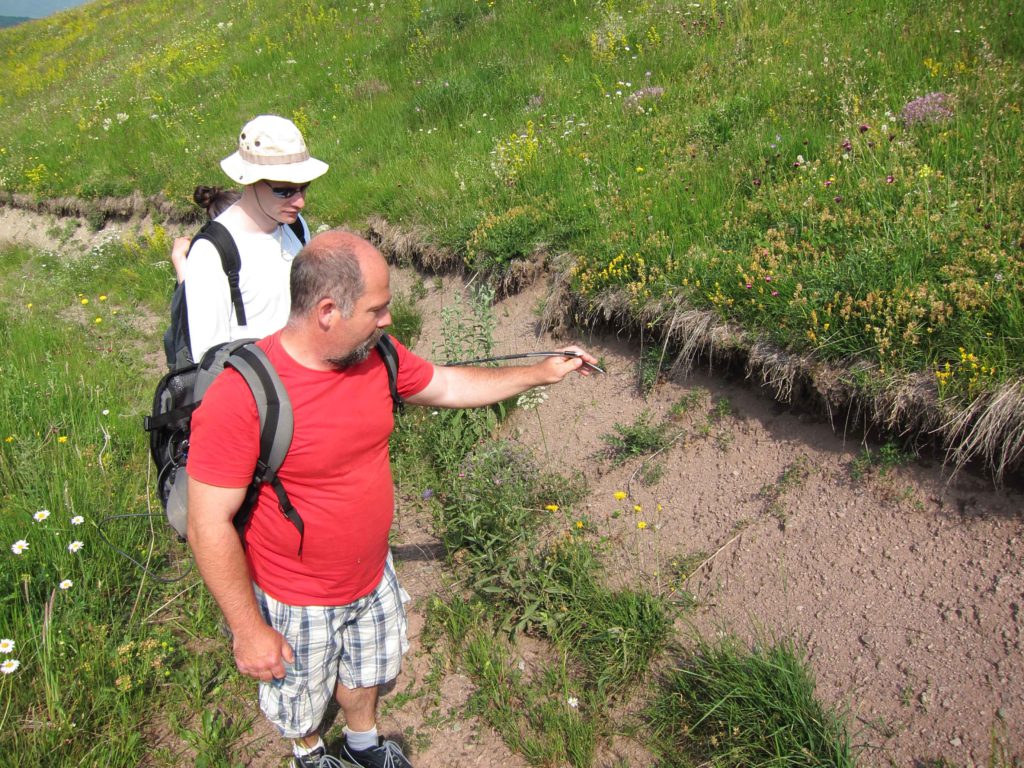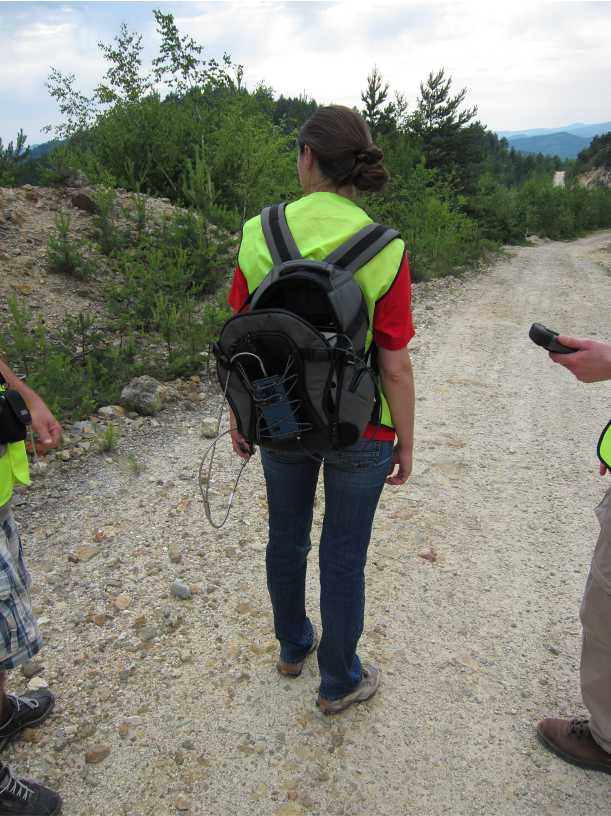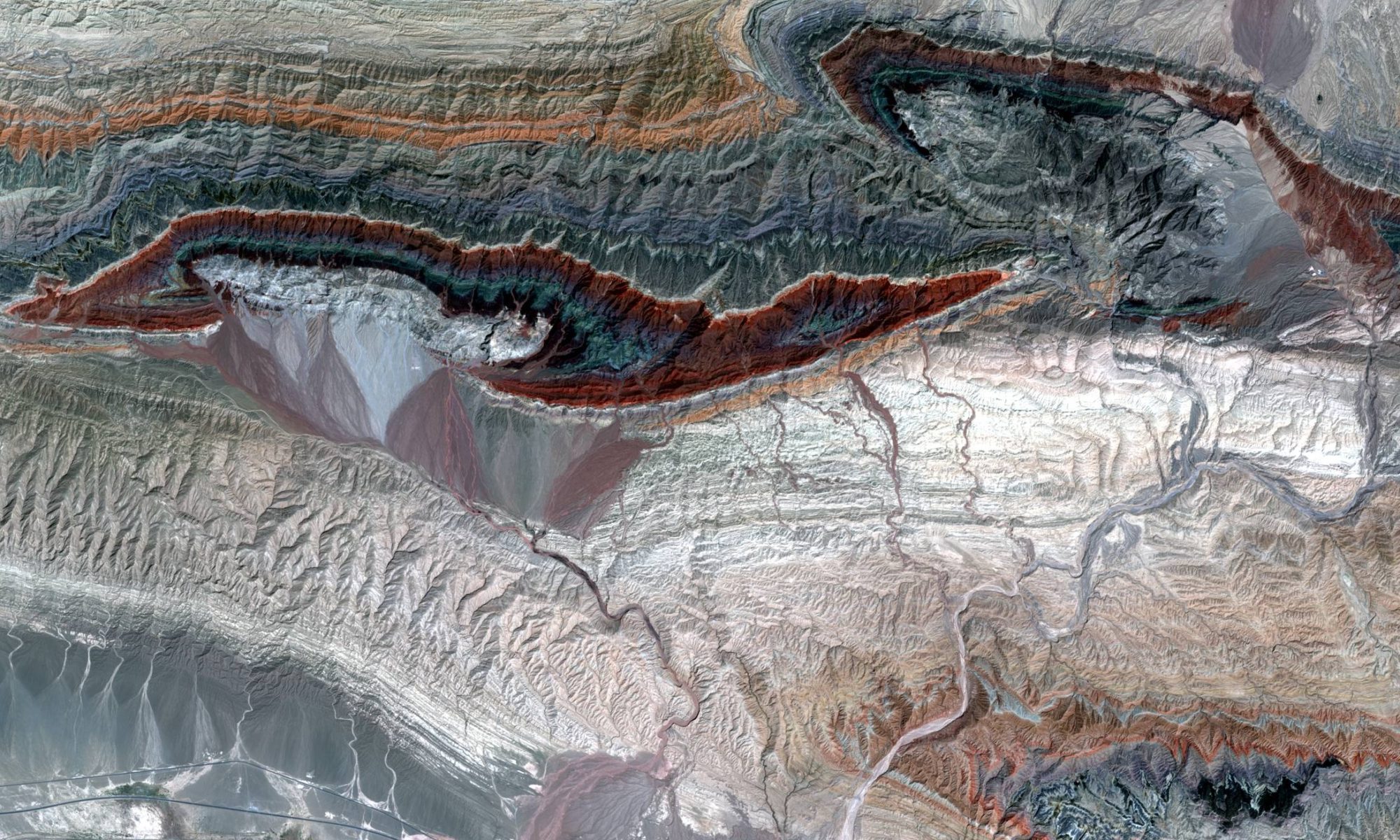Exploration Geologists spend a lot of time walking around in the field, mapping geology and alteration, trying to characterize the hydrothermal system and to understand the parameters that may help them locate the mineralization.
We all know that walking through the bush can be very demanding, dangerous, and time-consuming. Most places we do not return to for a second time, unless there is a reason for it. Therefore it is important that on his way through the field, the geologist collects as much relevant information as possible. And reliable identification of alteration mineralogy is certainly a crucial part of the required information.
While experienced geologists are usually very skilled at identifying the relevant alteration assemblages in their project area, the macroscopic determination, even with hand lens, still leaves many questions, relevant to the identification of hydrothermal zoning and the interpretation of its significance, unanswered
Questions such as:
– Does this extremely fine-grained rock consist of alunite, or perhaps kaolinite, dickite or pyrophyllite, or maybe even illite.
– Is there nacrite, or topaz, or what kind of tourmaline do we see.
– Is there K- or Na alunite
– Is this an illite or a smectite? is it a high or low-temperature illite. Is this a kaolinite or a halloysite?
– Do we have buddingtonite or ammonium illite?
– Is it a montmorillonite, nontronite, beidellite?
– Is this a phlogopite or a biotite.
– Is this a magnesium or Fe-rich chlorite
– What kind of amphibole is this
– What is this carbonate mineral. Calcite? Dolomite? Magnesite? Ankerite?
And so forth.
INFRARED SPECTROSCOPY can provide these answers in a reliable, rapid and cost-effective manner.
The mineralogical analysis is performed on-site, without the need for sample preparation.
Just point and shoot, and within a few seconds we know the alteration mineral assemblage.
Geosense owns a Spectral Evolution PSR+3500 portable spectrometer. This high-resolution full-range instrument is designed and optimized for use in the field and under harsh conditions
The instruments are lightweight and rugged, and can easily be carried in a small backpack or on a shoulder strap.
Operation is wireless, using a hand-held GETAC computer, which also records the GPS position, as well as voice recordings and photos of the sample locations. The fact that the instrument works with solid-state technology, and hence has no moving internal parts, significantly reduces its vulnerability to shock, dust, heat etc.



